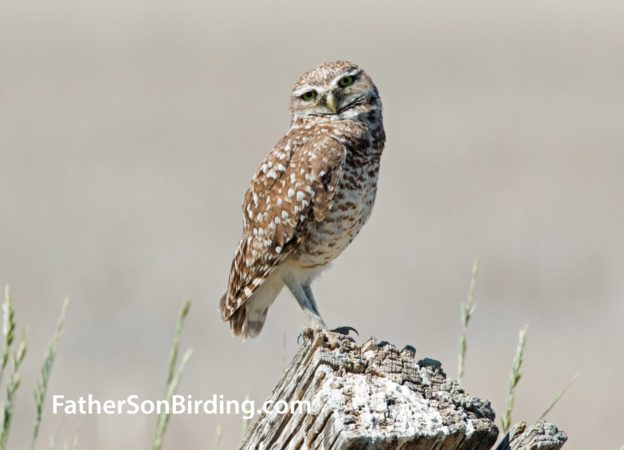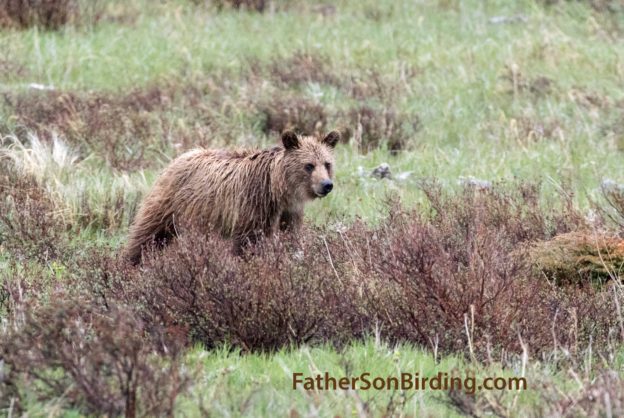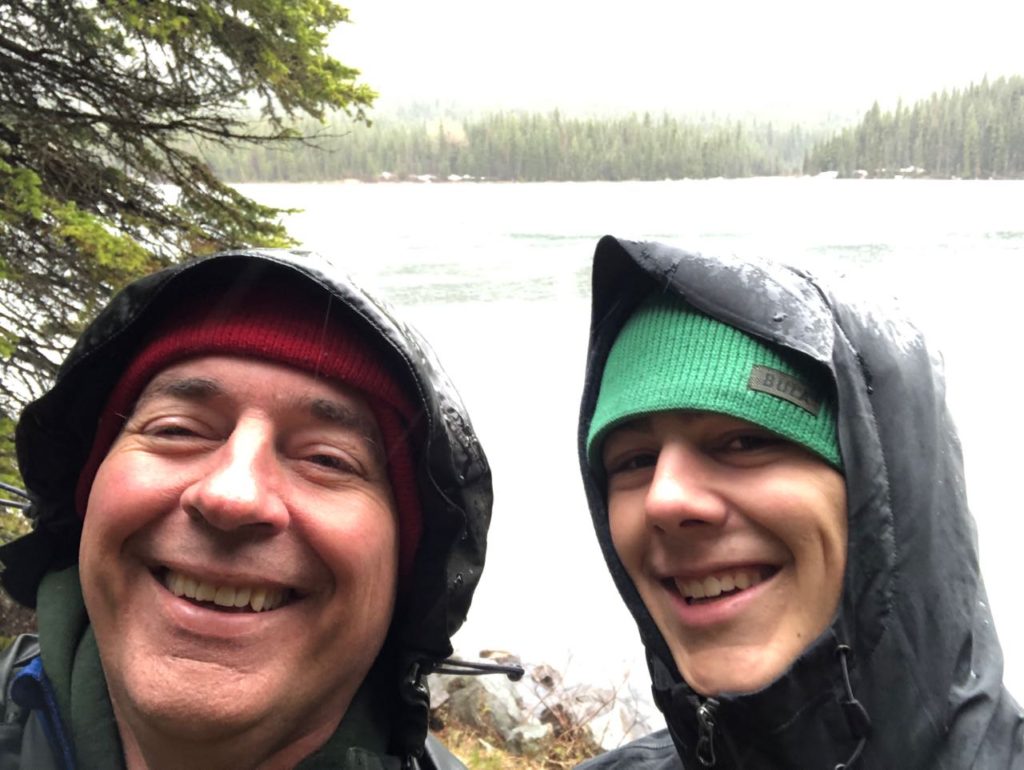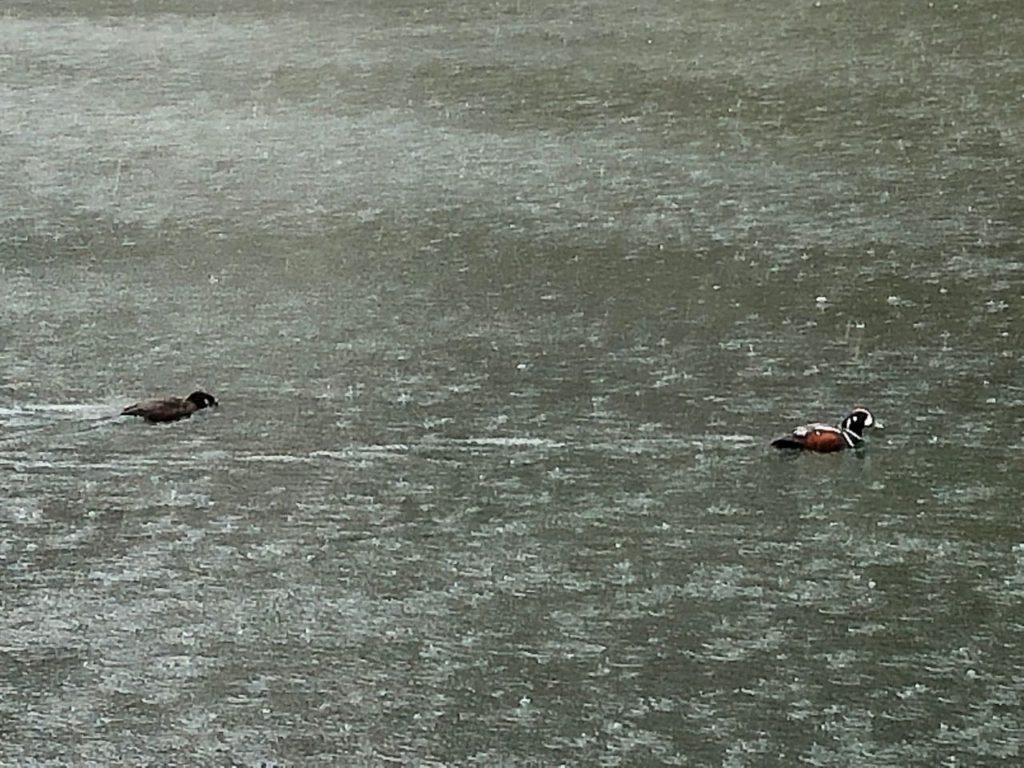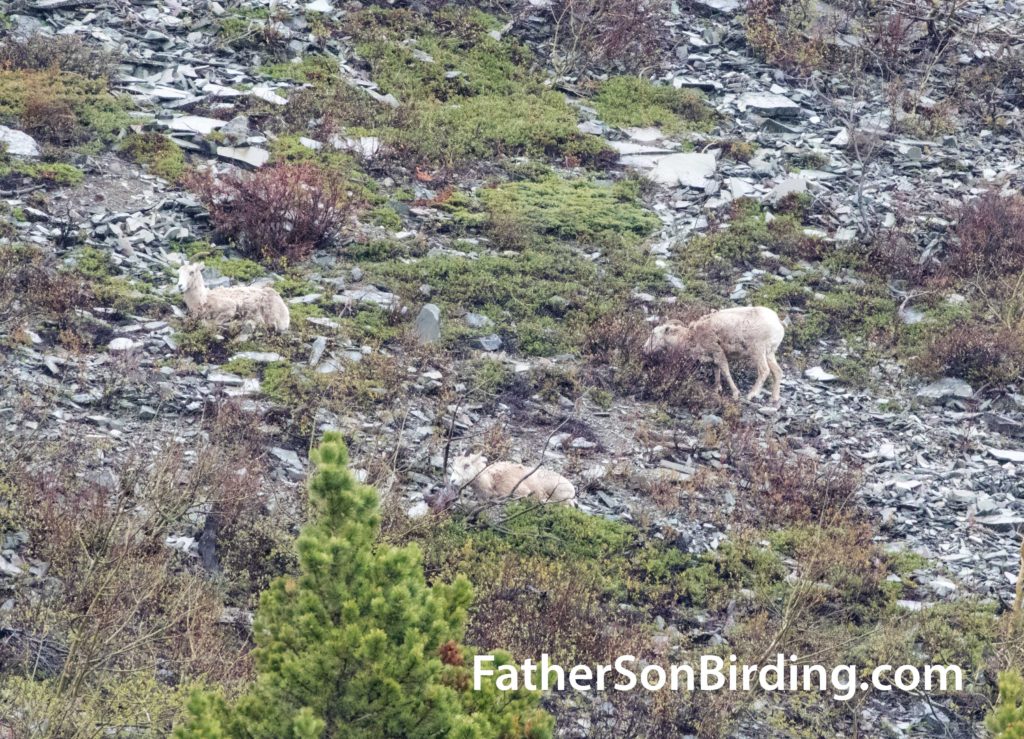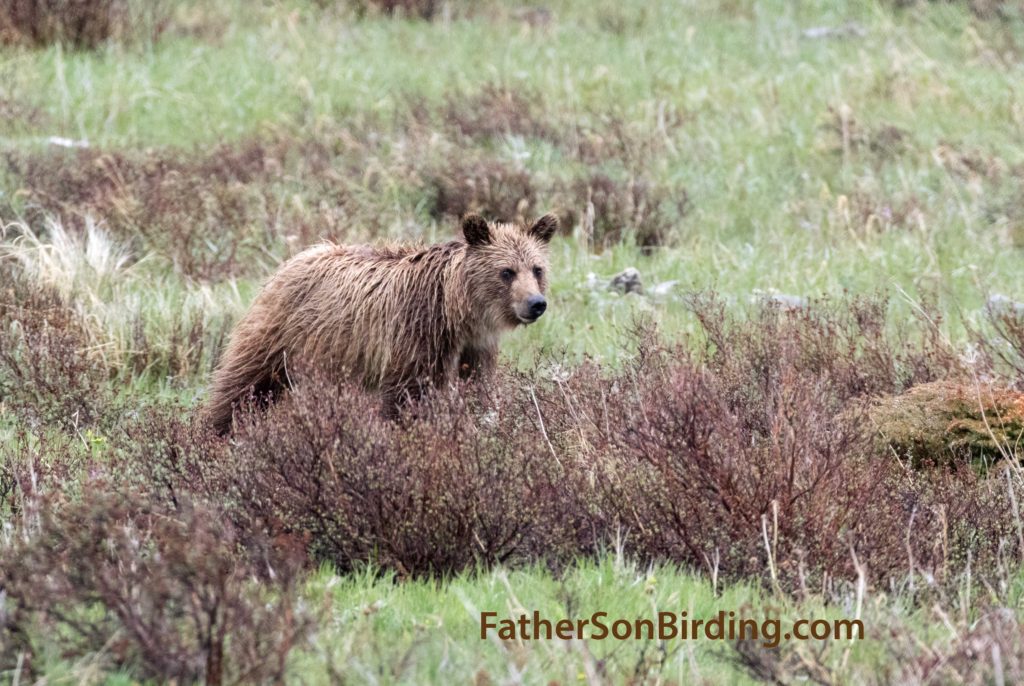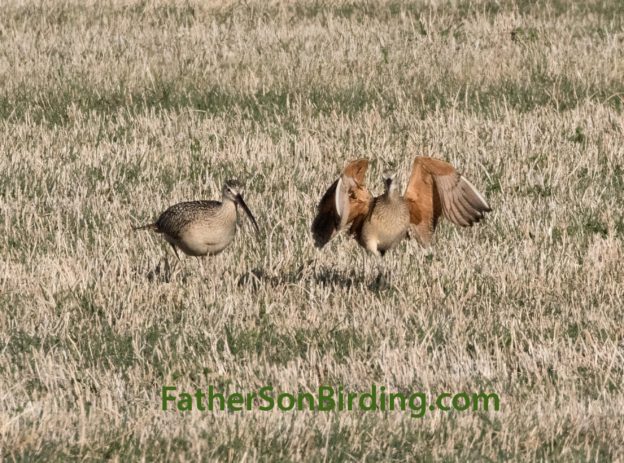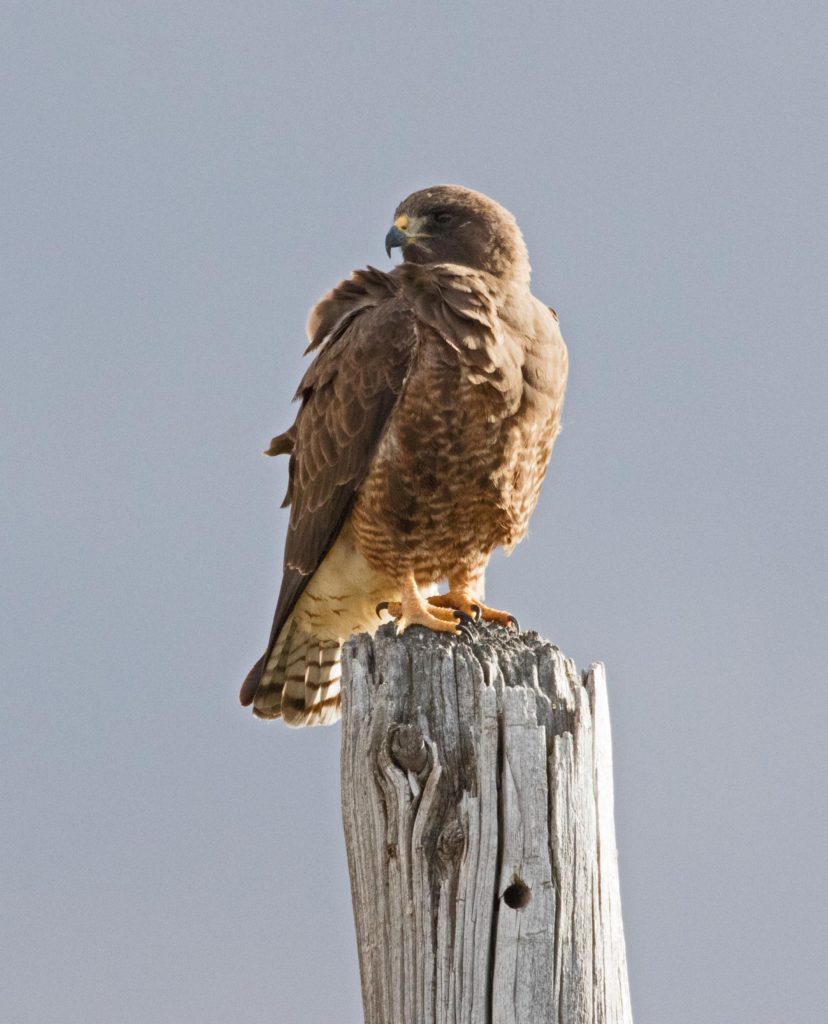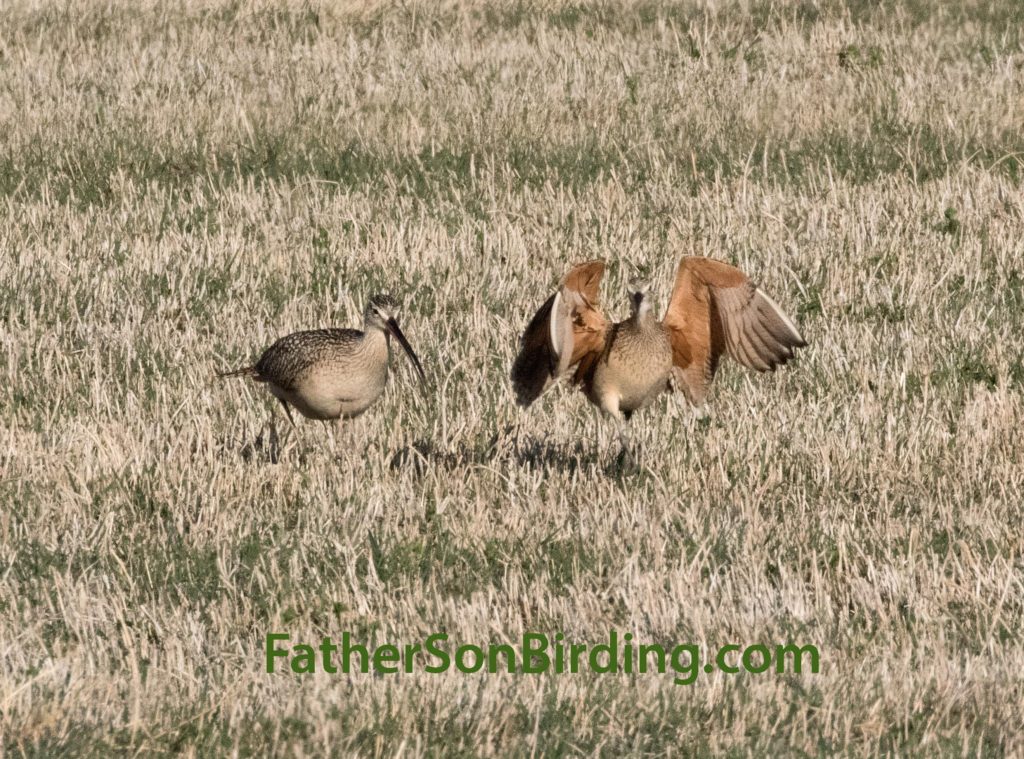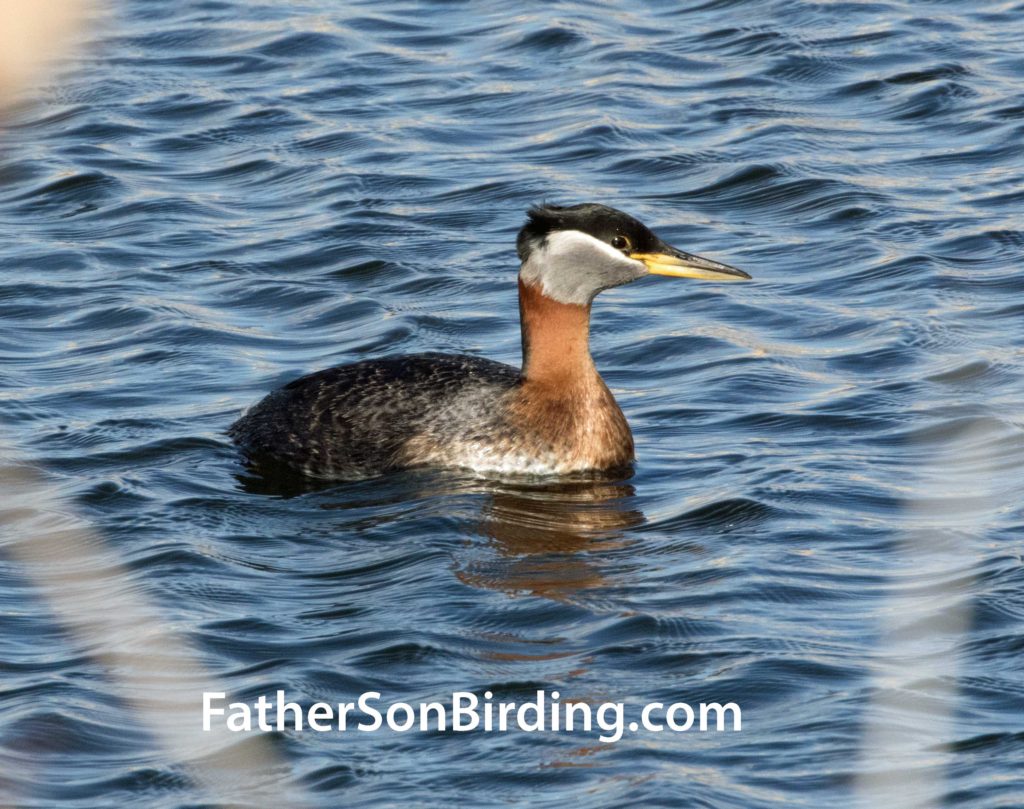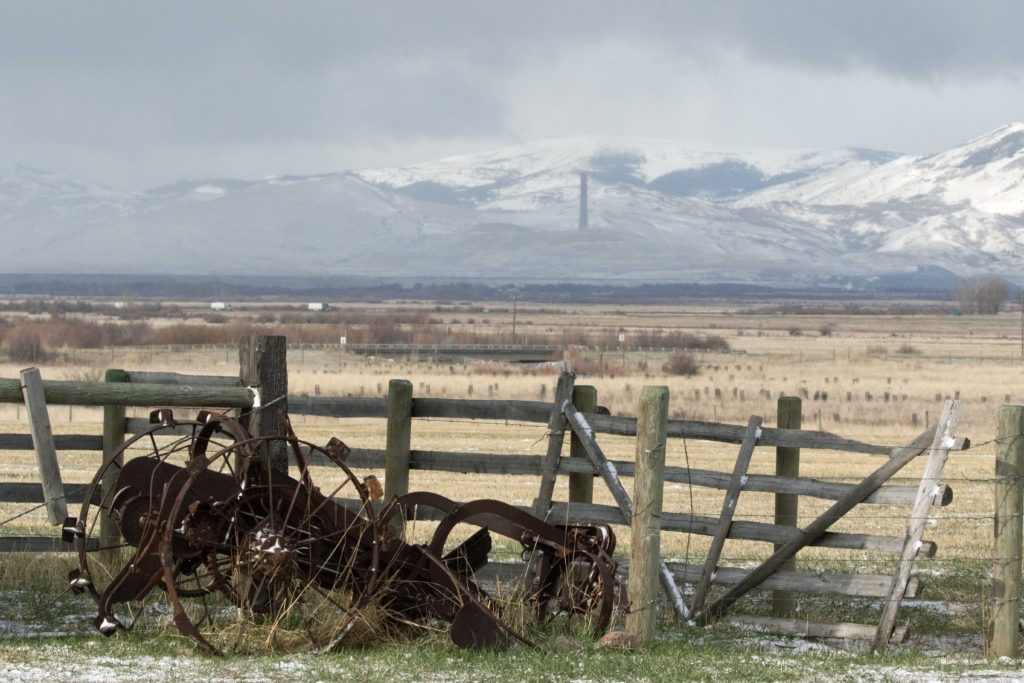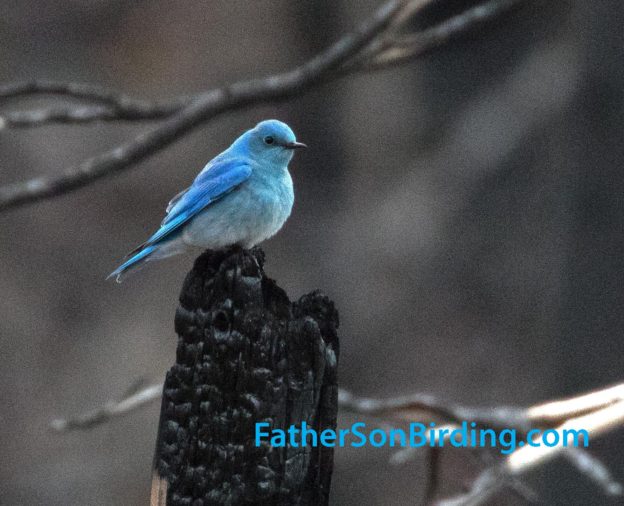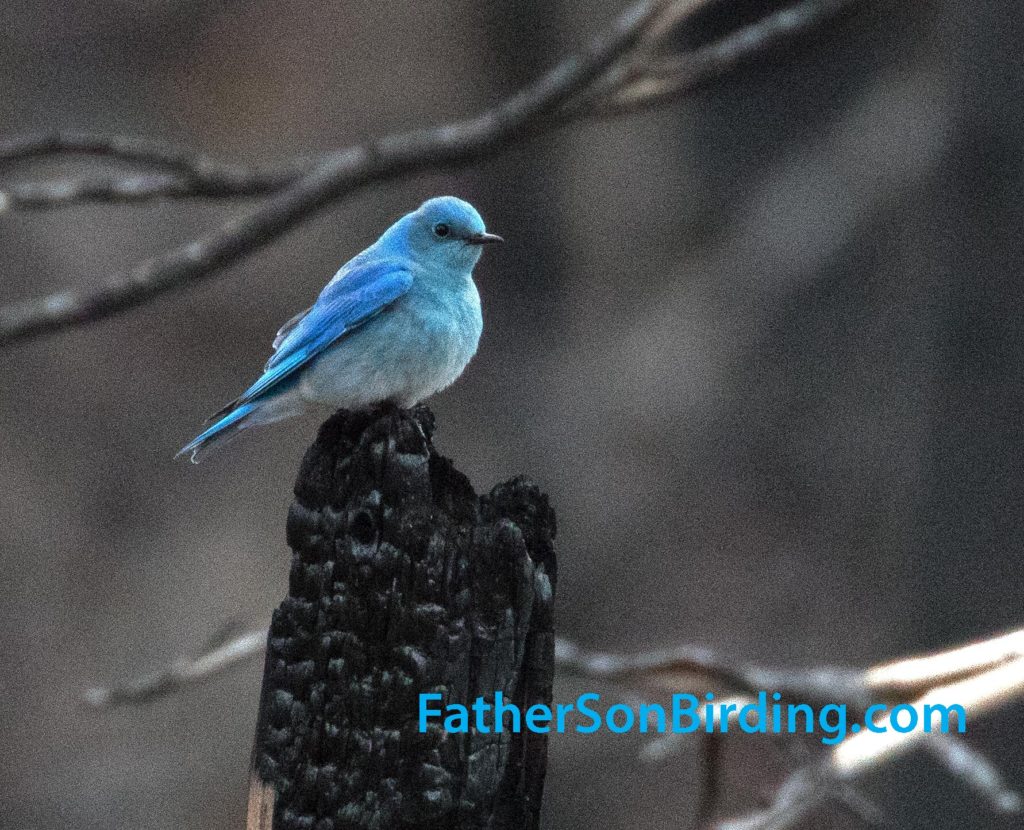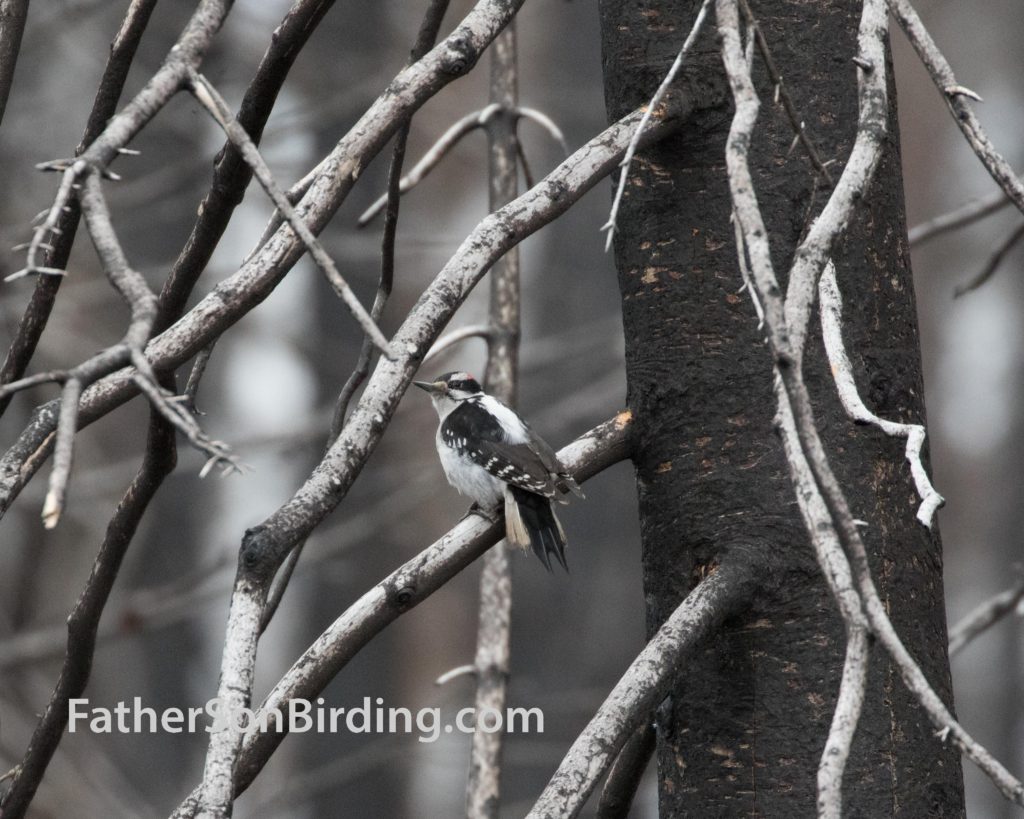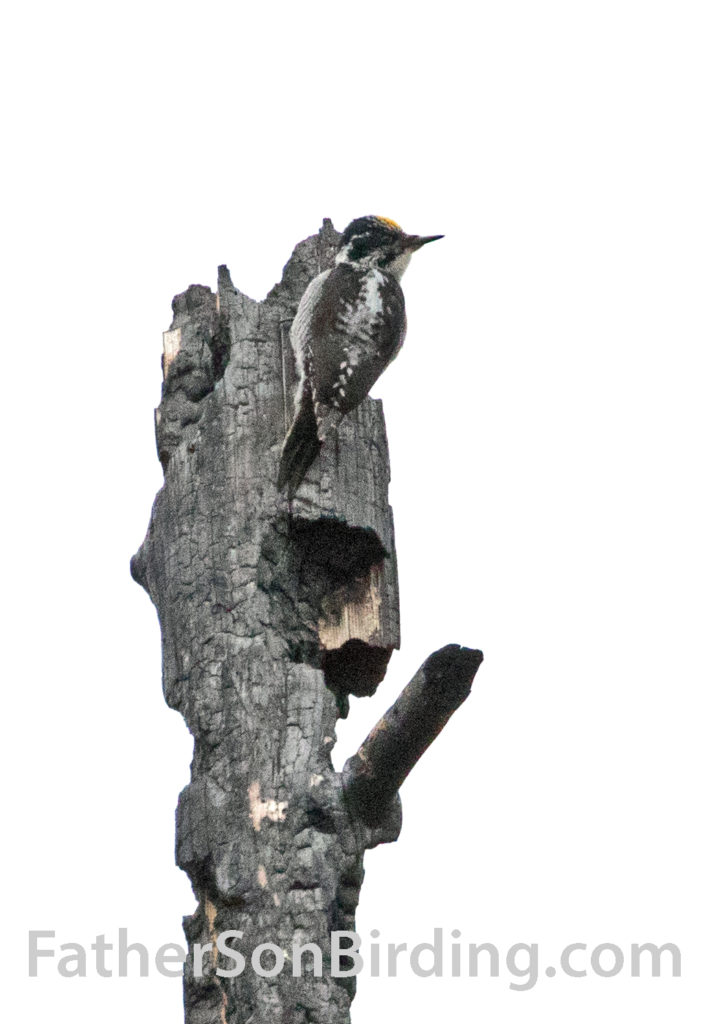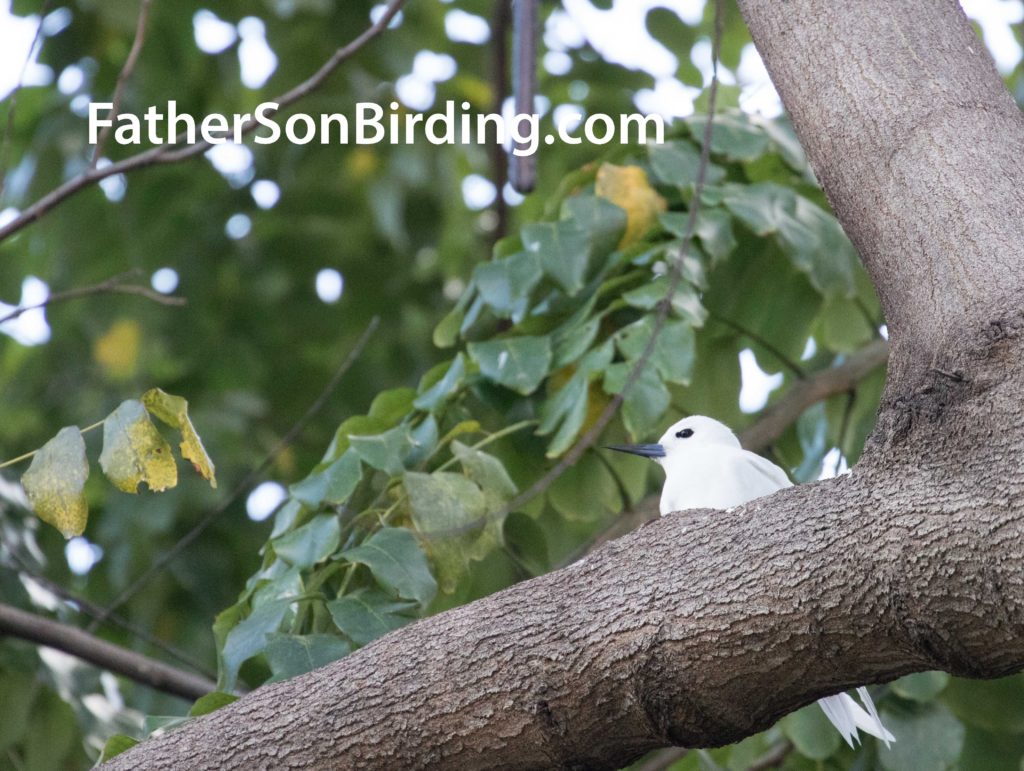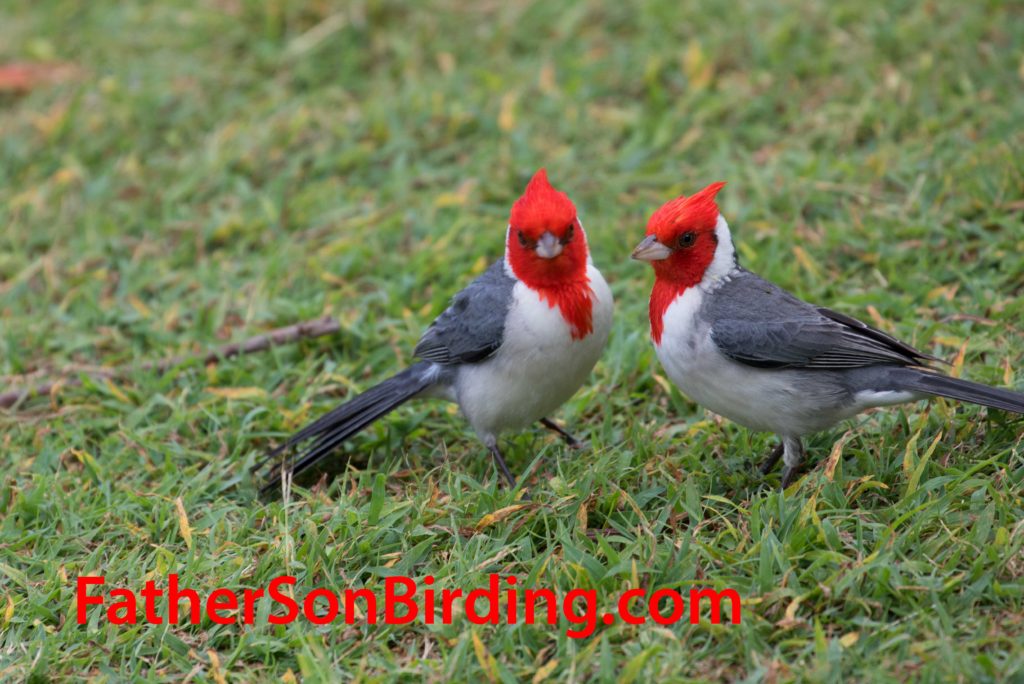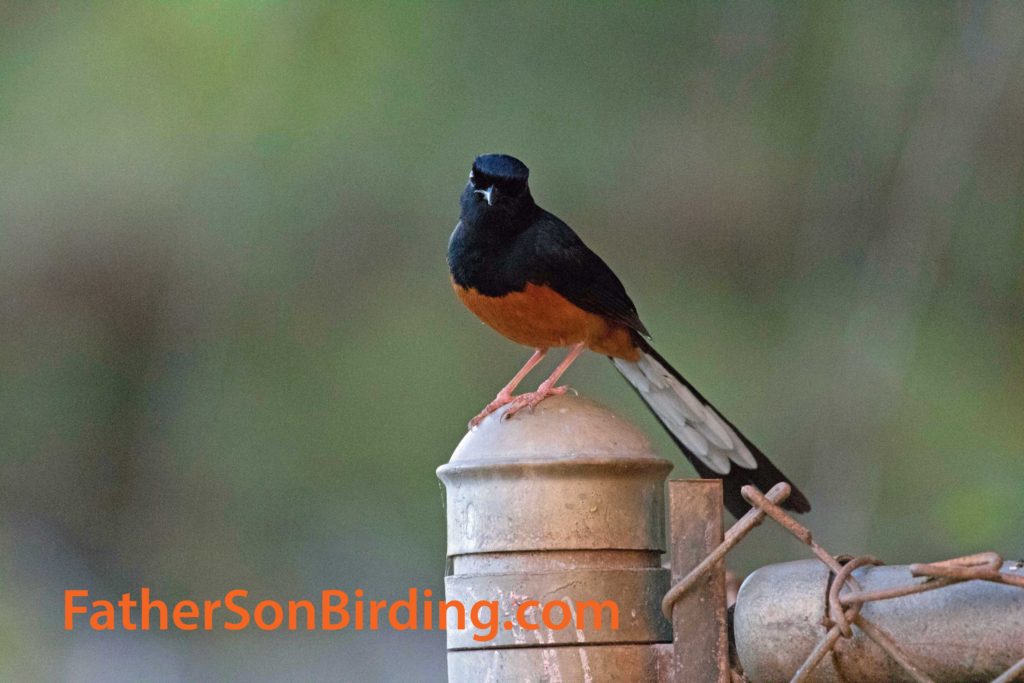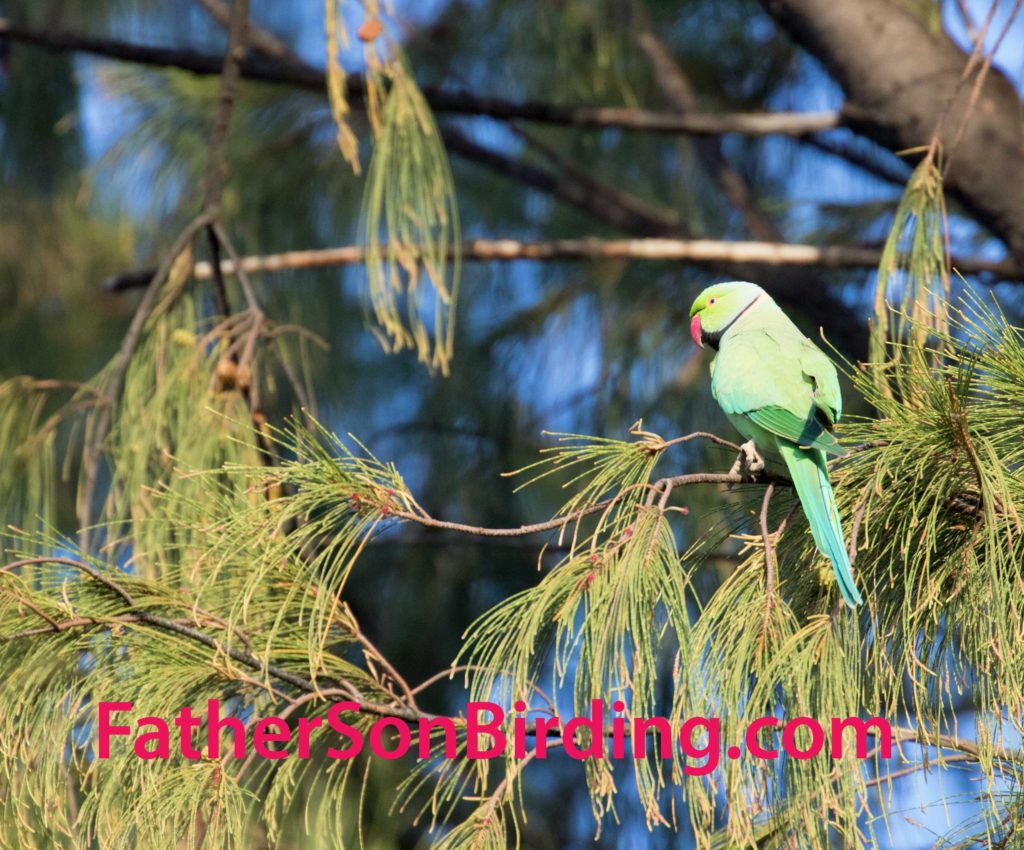If you are enjoying these posts, please share them with friends, family, and other birders. Also, be sure to subscribe by filling out the form down in the right-hand column. Hoo-Hoo!
On Wednesday, July 10, both my dad and my Montana year lists stood at 203, mere inches from our previous all-time records. Two days before, we’d had an awesome all-day birding session, nabbing five year birds (Bobolink, Dusky Grouse, White-throated Swift, California Quail for my dad and Black-chinned Hummingbird for me). Now, a couple of days later, I had gone to swim practice and was surfing the recent Montana eBird reports when suddenly, I spotted something. A Virginia’s Warbler had been seen in Lewis and Clark Caverns State Park! Upon further investigation, I discovered that not one but two Black-throated Gray Warblers had been seen in the same spot. Up a nearby canyon an Indigo Bunting was hanging out! I talked to my dad, and we couldn’t take it anymore. The rarities coupled with other year bird possibilities pushed us to the brink.
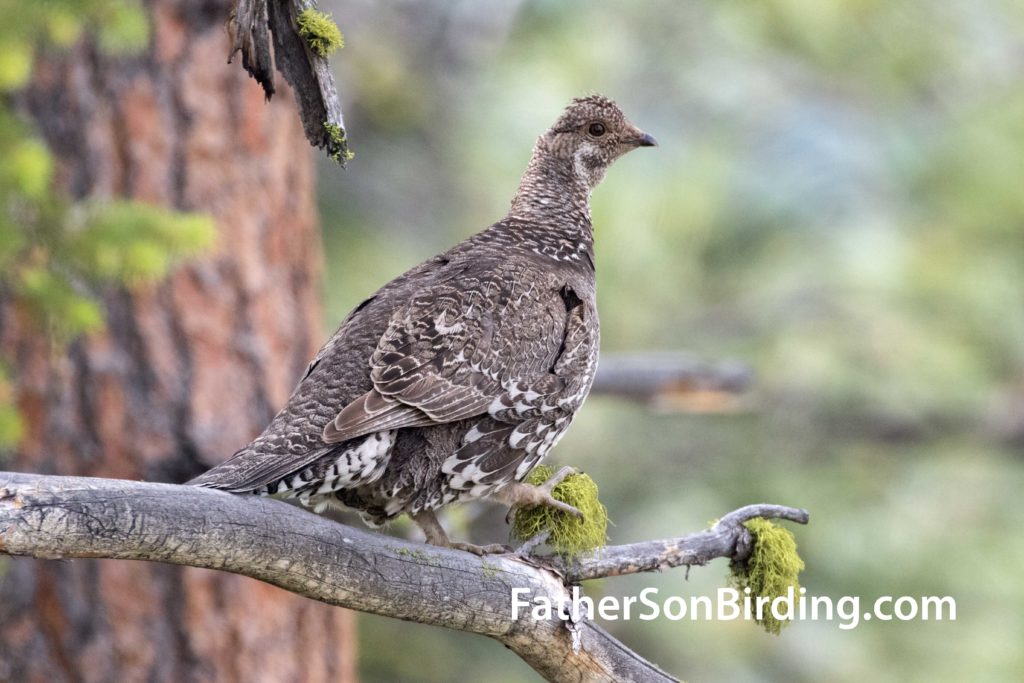
The next evening—Thursday—we hit the road for a Super 8 in Butte and the next morning were up at dawn, heading for the caverns. I had a pretty good idea of where the rare birds were (or so I thought), so we started off on a mildly steep trail from the campsite, encouraged by neon Bullock’s Orioles swooping around us. In our haste, however, we had forgotten our bug spray, and about two miles in, the mosquitoes attacked, forcing us back to the campsite.
Slightly disheartened, we moved on to our next stop: Milligan Canyon Road. A male Indigo Bunting had taken up residence here among the usual Lazuli Buntings, and we expected him to stick out like an indigo wildebeest in a pack of green lions. As we continued up the road, though, seeing all lions and no wildebeest, we began to grow disappointed. At the actual entrance to the canyon, though, my dad pulled off the road and whipped out his binos.
“I’ve got him!”
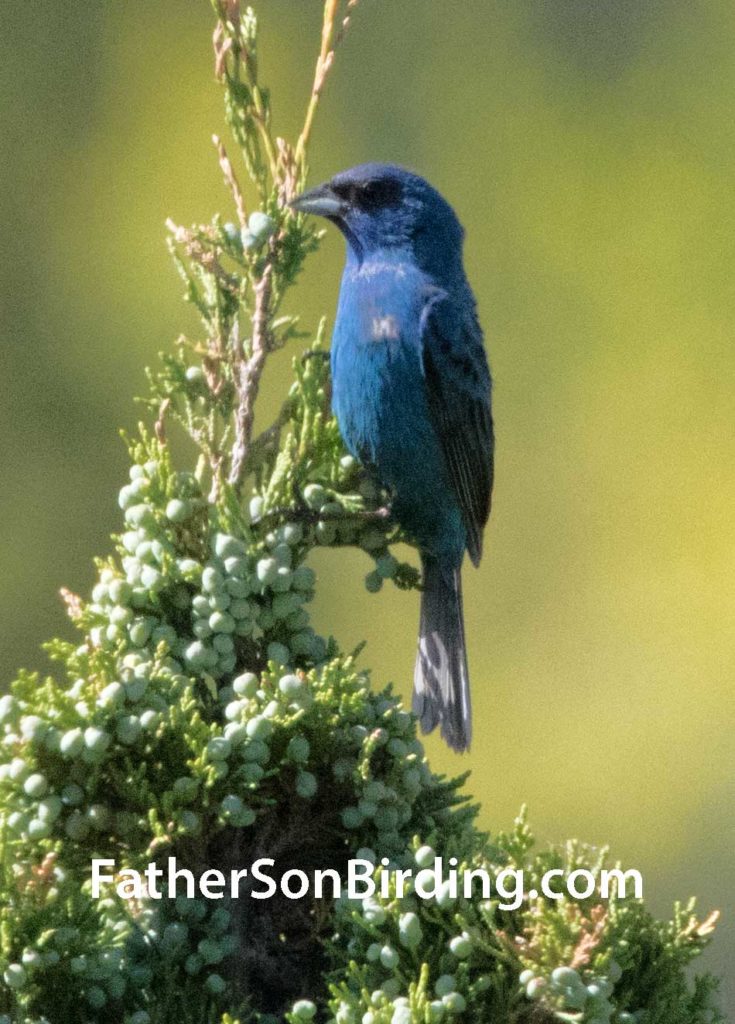
We leapt out of the mini-van like it was about to explode and ran across the road, and sure enough, there he was. The wildebeest was singing his tiny heart out, as if nothing was weird about the fact that he was in Montana rather than North Carolina. My dad and I celebrated our first successful rarity chase in Montana with a high-five.
After a quick search up the canyon for Yellow-breasted Chats and Green-tailed Towhees (we found a Golden Eagle instead), we made our way towards Three Forks. We pulled onto the dusty Bench Road and spotted harriers and Swainson’s Hawks, bringing back memories of our first-ever eastern Montana trip two years before when we’d found curlews and Burrowing Owls with Nick Ramsey on this road. Soon, we saw our main quarry: a tiny owl picturesquely perched on a fence post ahead of us. We pulled up alongside it, and flushed another!
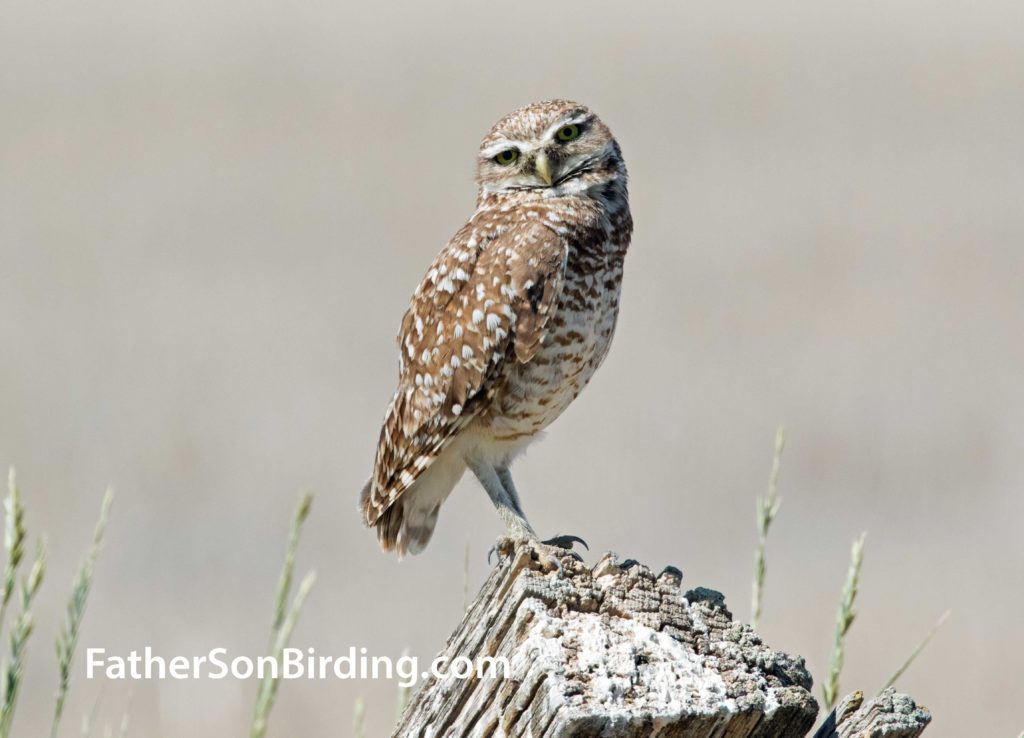
The owls gave us great pics, and after a half hour we turned tail and headed back to Lewis and Clark Caverns. Why? It turned out I had picked the wrong trail for the rarities! We gave it another shot, this time driving to the top of the state park. Sprawled in front of us were beautiful juniper and pine-covered hills, and we started off on another short trail after being interrogated by the park officials (“We aren’t going to sneak into the caverns, we’re looking for birds!”). A few hundred yards up the path, a new sound rattled across the landscape, different from the regular sounds of the Spotted Towhees. I peered down the slope, and saw a bird with the strangest color combination—green, gray and orange. Green-tailed Towhee! We pished it up the slope and got awesome looks. This wasn’t just a year bird; we’d never seen it before!
We tried one more trail before giving up all hope on the two warblers, then steered towards Helena. After a brief rest at yet another Super 8—this one far more depressing than the first—we visited a Helena cemetery, where my dad had gotten Pinyon Jays earlier in the year. I was skeptical, but sure enough, eight blue-and-gray corvids crossed the road in front of us, hopping onto a few tombstones and then loudly flying off. Another lifer for me!
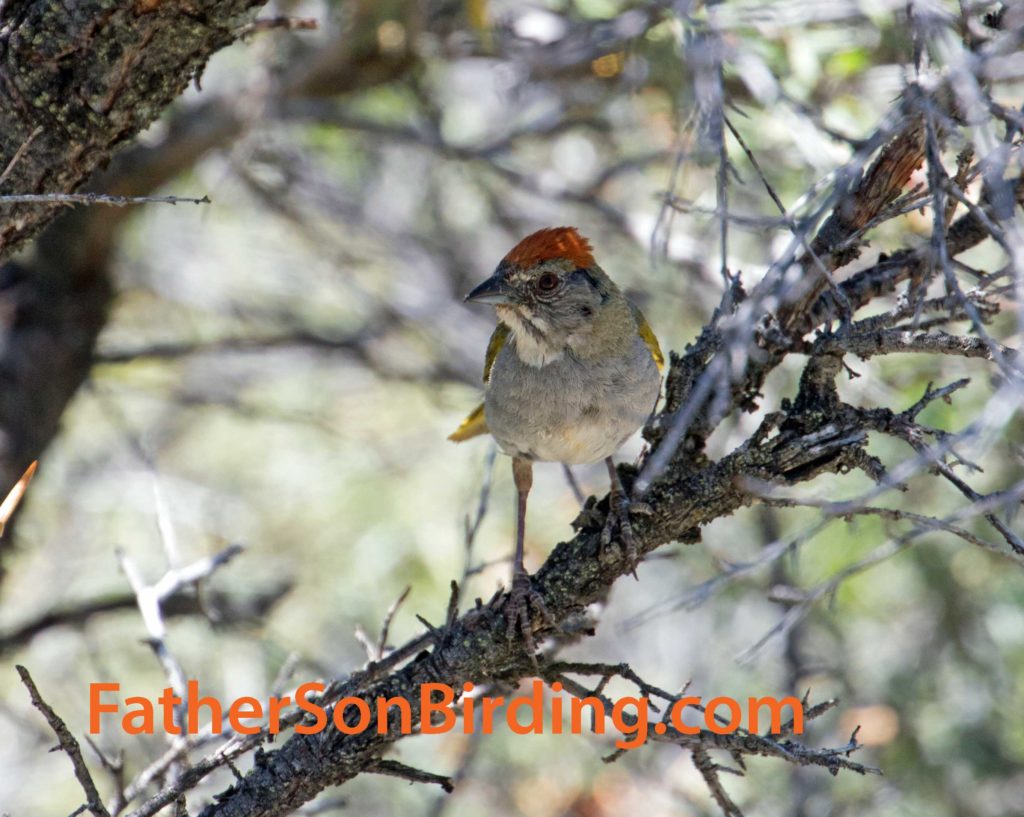
We had dinner at MacKenzie River Pizza, then hung out there reading and watching the men’s Wimbledon semifinal since our next and final stop wouldn’t produce what we were looking for until later. Flammulated Owls, one of the most secretive in North America, had been regularly reported in a nearby location known as Grizzly Gulch (ironically, there were no grizzlies there), and we arrived at the coordinates at about 9:00 p.m. Almost immediately we heard a low, single hoot in the trees. No way! Who knew owls could be this easy? We tried to make our way towards the sound, but gave up and opted to let the owls come to us. Making our way farther down the road, we picked up winnowing snipes and Willow Flycatchers, and tried in vain to find a Common Poorwill flycatching in the road. We never did see the owl, but were fine with that! My dad had surpassed his all-time Montana record, and now we have 210 and 211 species respectively in Montana this year. Can I break my old record of 213? Stay tuned to find out!

